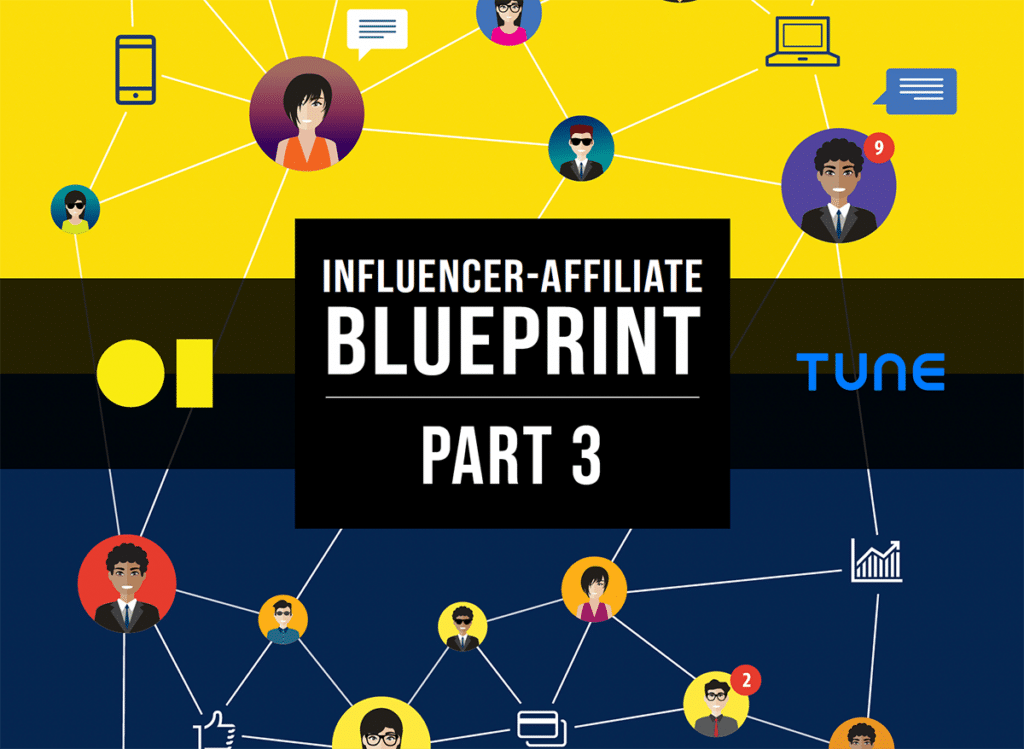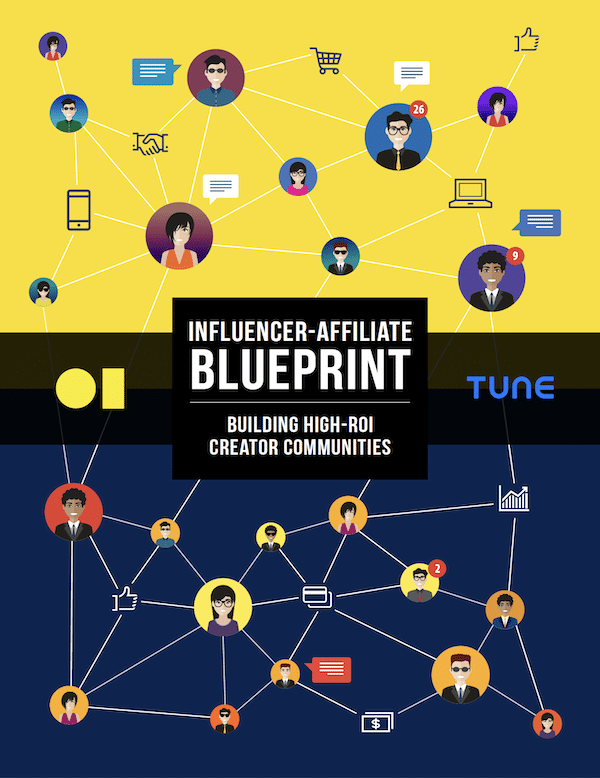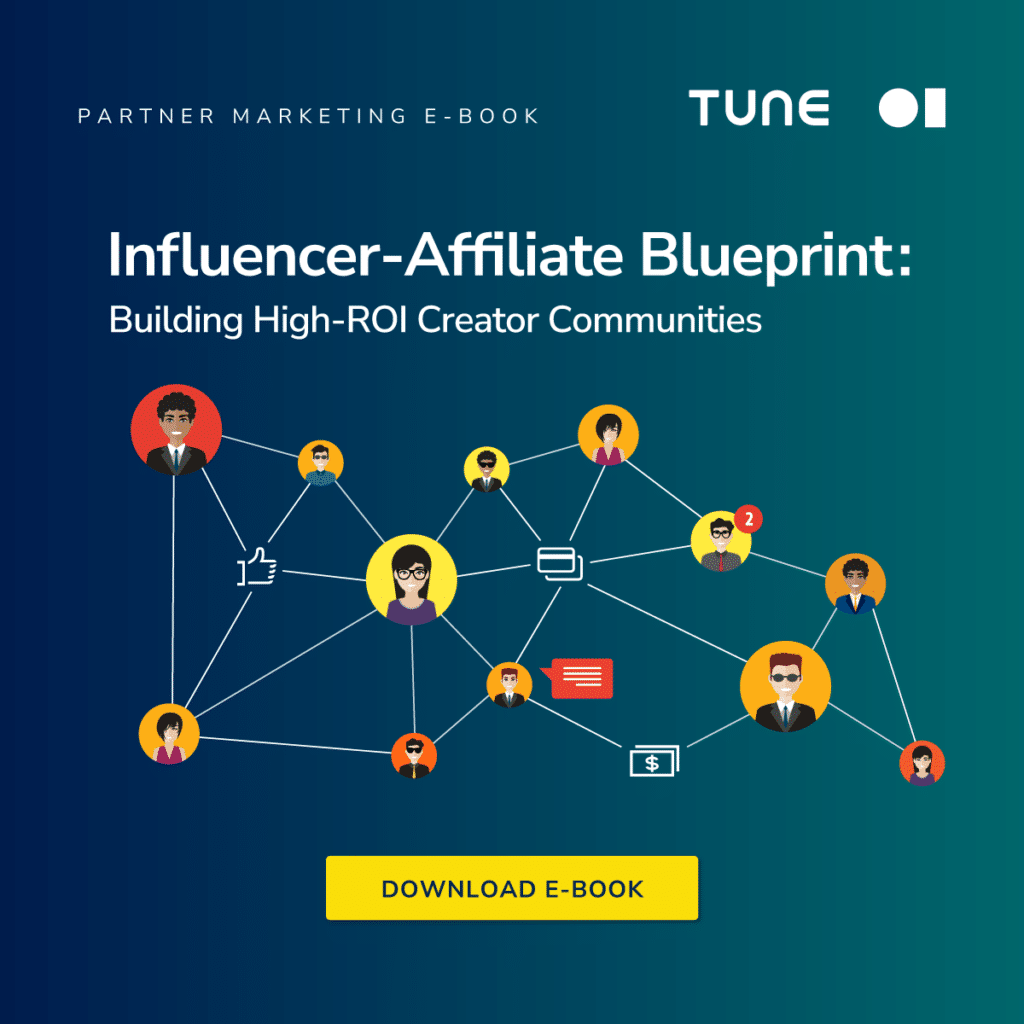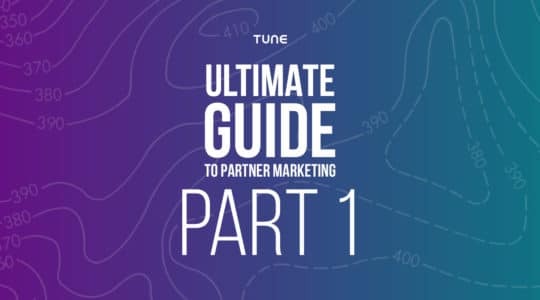
Welcome back to the Influencer-Affiliate Blueprint series! In the first two parts of our journey, we explored the foundations of building high-ROI creator communities and understanding the nuances of influencer affiliate programs. Now, it’s time to delve into the art of recruiting social media influencers and content creators to supercharge your affiliate program. Keep reading to learn how to recruit influencers and creators like a boss!
Understanding the Landscape
Before diving into tactics, let’s grasp the diverse landscape of influencers and creators:
- Macro vs. Micro-Influencers: Macro-influencers boast large follower counts, while micro-influencers have smaller, more engaged audiences. Both have their advantages, depending on your campaign goals.
- Niche Experts: These influencers focus on specific topics or industries, often commanding deep trust and authority within their communities.
- Content Creators: These individuals excel in crafting compelling content across various formats, including blogs, videos, podcasts, and social media posts.
Platforms of Influence
The digital sphere offers numerous platforms for influencers and creators to showcase their talents. Here are some of the most popular:
- Instagram: Ideal for visually-driven content, Instagram is a hotspot for fashion, beauty, lifestyle, and food influencers.
- YouTube: The go-to platform for video content, YouTube hosts a wide array of creators covering topics ranging from tutorials and reviews to vlogs and entertainment.
- TikTok: With its explosive growth, TikTok has become a powerhouse for short-form video content, appealing to younger demographics and fostering viral trends.
- Twitter: Known for real-time conversations, Twitter is favored by influencers for its ability to spark discussions and share quick updates.
- Blogs: Despite the rise of visual platforms, blogs remain relevant for long-form content and niche expertise, attracting dedicated audiences.
How to Recruit Influencers and Creators
There are a few different ways to tap influencers. Let’s break it down into the following:
- Curated (Outbound)
- Paid (Outbound)
- Earned (Inbound)
- Tech-Enabled (Inbound)
- Tools and Partners
We’ll go into details for each of these below.
Outbound Recruitment Methods
Curated Recruitment
Curation is the good old-fashioned approach to list-building. This organic approach is really important when you’re in an alpha or beta version of your program’s build-out.
Even though this approach requires manual effort, we recommend keeping this in the mix early on. It’s essential for program efficiency and speed to profitability. It’s also important to test a lot of different influencer segments and channels. See what segments work and what segments don’t, then worry about scale and how to execute that scale with your winning segments. This way, you’re not blowing your program budget on paid recruitment tactics, PR, or additional technology only to power up a bunch of influencer segments that don’t work.
Key Benchmark: Your reply and opt-in rates on cold outbound recruitment are a great indicator of program interest in your pitch. Strong programs clock opt-in rates ranging from 25% to 40%.
There are plenty of ways to aggregate these cold outbound lists once you’re armed with your segment criteria. Most of the social media channels have started building their own directories of verified creators (TikTok Creator Marketplace, Pinterest for Creators, Facebook for Creators). Additionally, if you have the budget, you can tap any of the creator marketplaces and influencer management tools that are out there. Depending on the platform, you’ll be able to utilize its creator index, social listening tools, and/or done-for-you list-building products.
Important Note: We recommend carefully considering your cold outbound strategy. As with any outbound campaign, sending mass amounts of email from a single address can create issues for your account, and potentially flag the domain. We recommend a dedicated domain (e.g., www.mybrandcreators.com) with various send-from email addresses that can be warmed up over the first few test cycles as your messaging is dialed in.
Paid Recruitment
In addition to native curation tools, many platforms will also offer CPL/CPA-based recruitment support. Pricing varies widely, but it’s a good thing to keep in mind as you’re signing a software contract. You may be able to negotiate that recruitment rate depending on the length and size of the contract. Third-party recruitment support can be super helpful if you’re working with a small program management team.
In addition to your software partners, you can also use paid strategies to purchase verified lists and tap segment-specific networks. Or, you can put some budget towards building your own program marketing ad creative. This is one of our favorite tactics once you have some momentum behind the program and a handful of successful influencer affiliates that are open to providing testimonial content that can fuel ads for the program itself. Social proof is a tremendously powerful recruitment technique, and we love to use it right at the top of the funnel.
Inbound Recruitment Methods
Earned Interest
Earned interest can result from both organic and paid effort. Once a program has been dialed in, we see a lot of success with a coordinated PR effort. The creator economy continues to be a hot topic, and major brands have launched these influencer affiliate communities with abundant fanfare.
We caution that this approach can generate a huge spike in inbound interest. If your team isn’t prepared, these are wasted dollars. Once influencers churn, they’re exponentially more difficult and expensive to win back.
With that said, once an influencer affiliate program is humming, managers can expect an uptick in inbound interest. Influencer communities are very collaborative, and word spreads quickly around well-managed programs — and around poorly managed programs. When creators see their category’s top influencers and their peers utilizing a brand toolkit, they’re apt to hop on board!
Tech-Enabled Recruiting
This recruitment strategy involves investing in additional technology and a willingness to hook these influencer affiliate programs into your brand’s central customer journeys. We’re starting to see e-commerce brands of all sizes include a program sign-up offer in their post-purchase flow with tremendous success.
How does this work?
- The brand includes a simple pop-up that introduces the affiliate program and invites customers to submit their social media information in exchange for a discount. These pop-ups can be introduced after a first purchase, upon return to the site, or at the point of sale.
- The integration generates a list of potential influencers who are also, most importantly, your customers first.
- On the back end, program managers build a segmentation strategy or leverage technology like Gatsby.ai to filter these inbound social media handles by follower count, verification status, location, channel, etc.
- Once everything is in order, you can create a system of rules and onboarding flows that automatically funnel your customers into the program with tiered logic. Customers with verification marks or massive social media followings follow one path with personalized communications and generous offers; meanwhile, other customers can follow another set of paths that are tailored to their degree of influence. You can also create a flow that gracefully exits customers who aren’t a fit for your brand at this time.
The beauty of this strategy is that it automatically scales as sales grow. As more and more influencer affiliates are onboarded, more sales are generated, and an entirely new crop of potential affiliates hit the system.
Tools and Partners
Finally, tools like Publisher Discovery and partners like those available in the TUNE Marketplace can help brands of all sizes find the right influencer affiliates for their programs. Some helpful partners and tools:
- Publisher Discovery
- MagicLinks
- Aspire IQ
- Find Your Influence
- SARAL
- Gatsby: Growth From Community
- CreatorIQ
How to Engage Influencers After You Recruit Them
No matter how good of a communicator you think you are, it’s smart to spend time testing recruitment and messaging strategies. The key paths to consider during recruitment are program qualification, program onboarding, and program decline.
Program Qualification
With program qualification, you’re going to be focused on dialing in your pitch and tailoring it to your influencer segments. We recommend taking small segments and A/B testing subject lines, core copy, and follow-up sequences. Optimize these communications over the course of your first few months and then go wider with the winning segments and their winning communications.
Other tactics during program qualification may include invite-only webinar events, one-to-one discovery calls, and a content drip that includes social proof, case studies, and program success narratives.
Program Onboarding
The same test and learn strategy goes for your program onboarding flow. You’ll want to hit new sign-ups with a very simple welcome that includes an easy to digest onboarding checklist. We also recommend building a video-driven welcome series that helps orient new influencers. In both cases, approach your creative with an MVP (minimum viable product) mindset, and then expand and refine it as you start fielding real-time questions.
A variety of issues you didn’t anticipate will arise during your alpha and beta launch phases. As you go, make sure you leave yourself some time and flexibility to figure out the resources and processes needed to address these issues. Until your influencer affiliate program is a well-oiled machine, the approach should remain agile.
Finally, don’t forget to take time to understand the why behind the “no.” When an influencer declines program participation, it’s important to try to understand why. A couple ways to do this are with a simple, personally directed follow-up question, or an incentivized exit survey that thanks them for their time. Gathering data on why someone decided not to join can help guide your outreach to future partners.
Get Started with Influencers and Creators
Recruiting social media influencers and content creators for your affiliate program is a strategic endeavor that requires careful planning and execution. As you think about recruitment, you’ll want to build A/B testing strategies for your communications that address cold outbound recruitment and qualification stages, the onboarding stage, and an exit stage. Start small. Test over two-week sprints. Optimize. And expand!
To learn more strategies for recruiting today’s top content creators and influencers, download the Influencer-Affiliate Blueprint: Building High-ROI Creator Communities or watch our on-demand webinar.
Check back soon for Part 4 of our series!
Need a tool to measure your influencer-affiliate programs? The TUNE platform is your go-to solution for flexible, affordable partner management and tracking tools. With in-platform payments, creative asset management, campaign automation, and more, it’s your one-stop shop for performance-based influencer marketing. Request your demo today.
Author
Becky is the Senior Content Marketing Manager at TUNE. Before TUNE, she handled content strategy and marketing communications at several tech startups in the Bay Area. Becky received her bachelor's degree in English from Wake Forest University. After a decade in San Francisco and Seattle, she has returned home to Charleston, SC, where you can find her strolling through Hampton Park with her pup and enjoying the simple things between adventures with friends and family.




